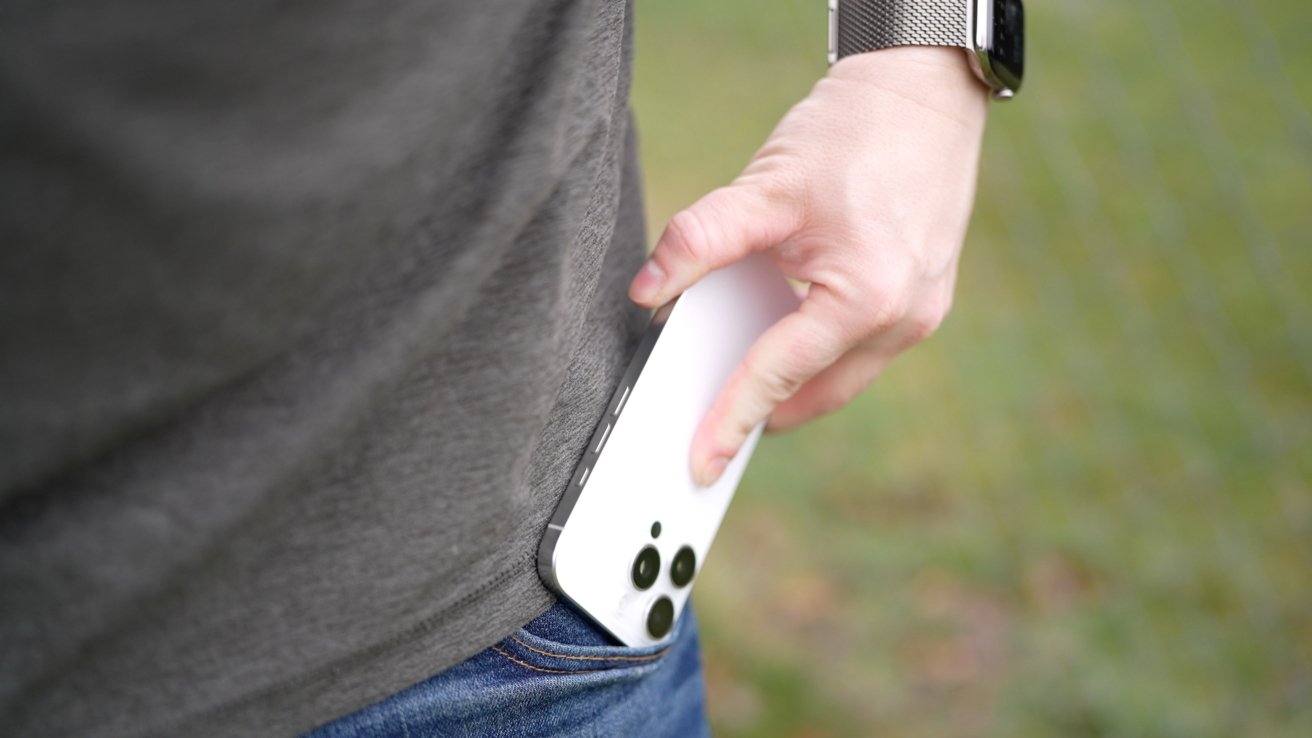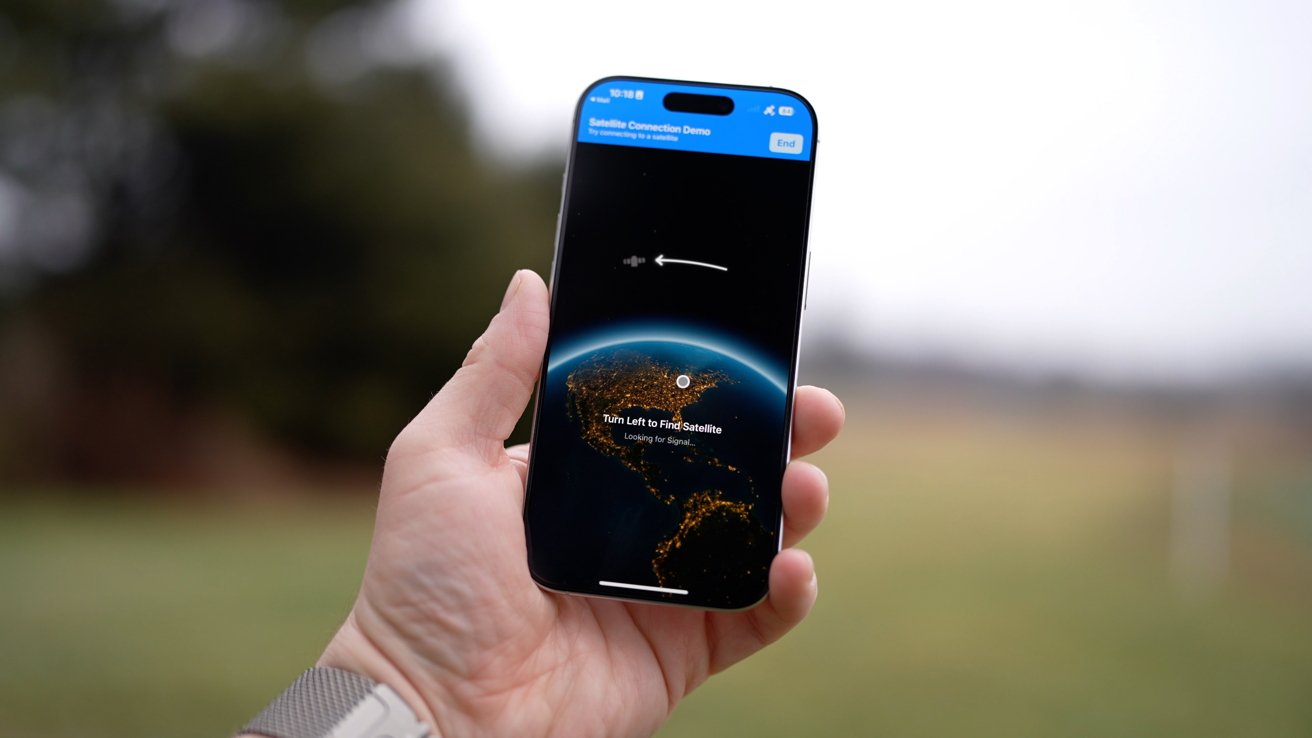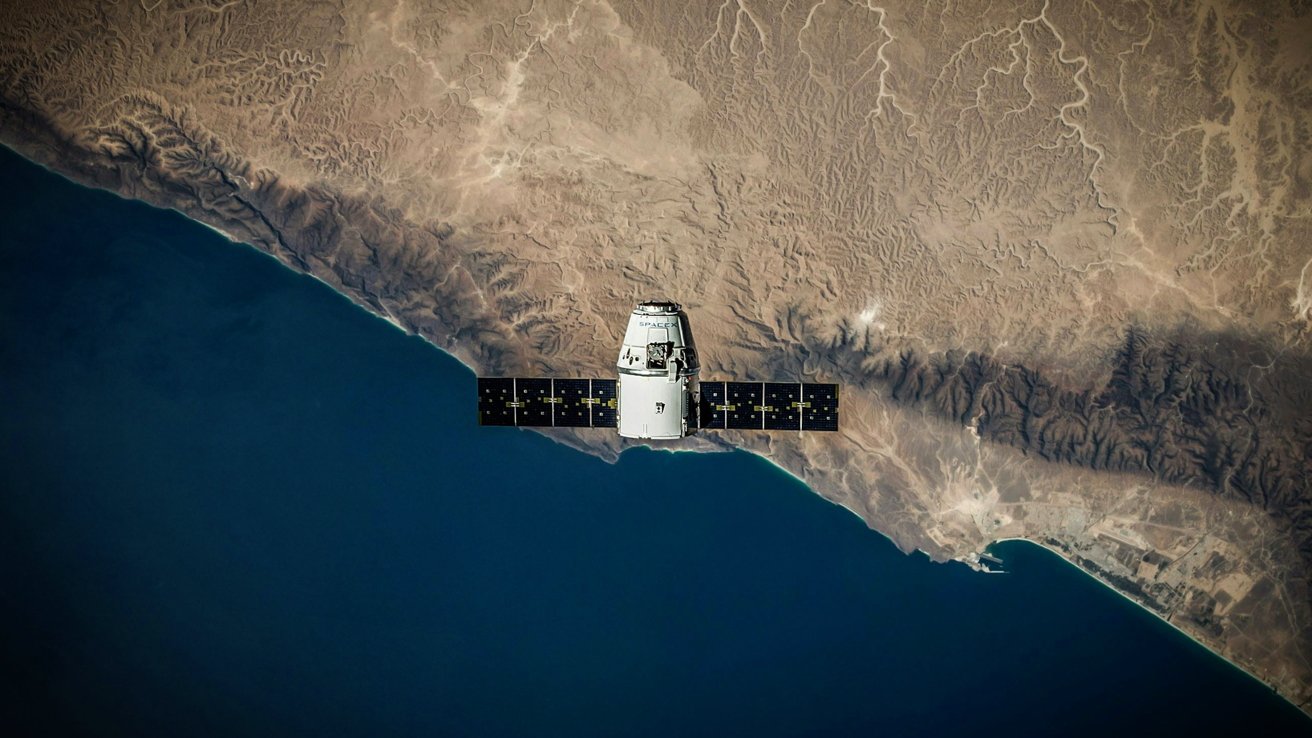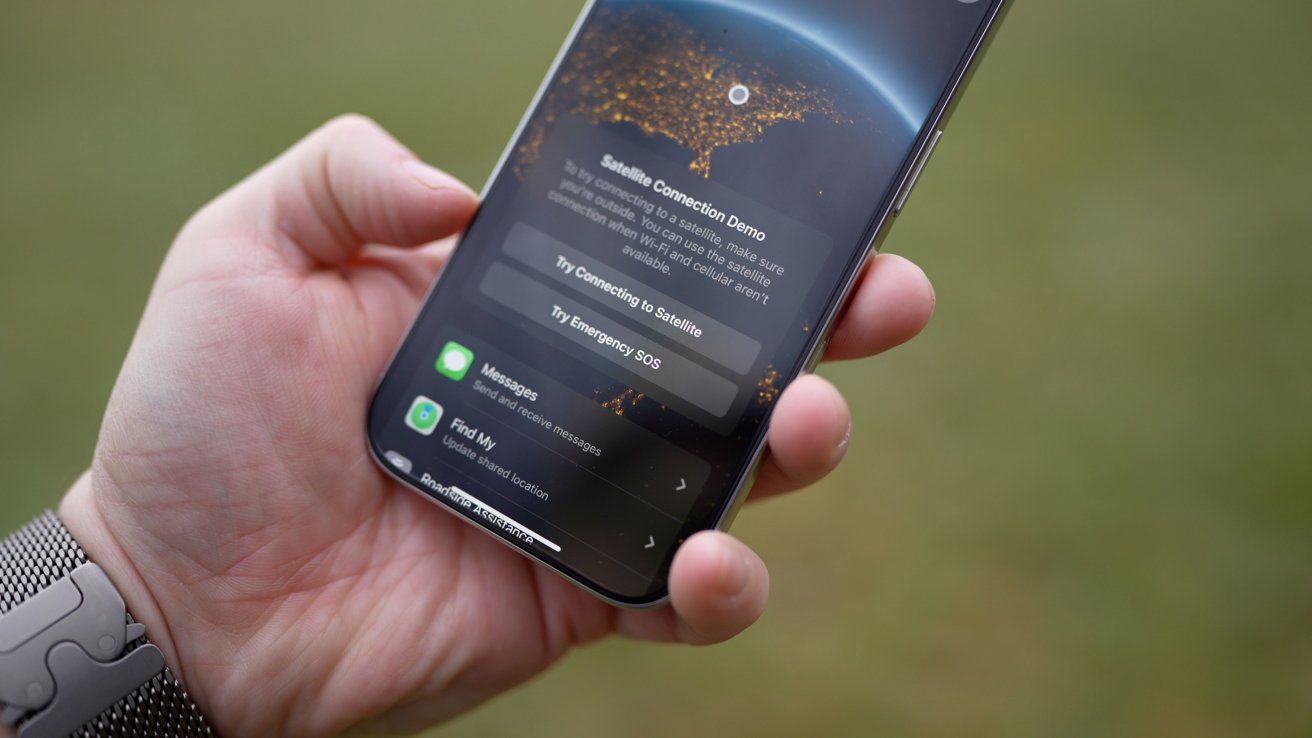Starlink satellites now work with iPhone, but the change has caused confusion and concern. Here’s what the feature means, how it works, and how you can disable it if you so choose.
The recent iOS 18.3 update contained a number of new features for iPhone users. We saw new Unity wallpapers, improvements to Visual Intelligence to recognize plants and animals, and plenty of bug fixes.
But there was one change in this update that got a fair bit of attention — support for Starlink satellites.
There’s been a lot of misconceptions about what changed here.
What Starlink support means for iPhone users
Satellite support works on all flavors of iPhone 14, iPhone 15, and iPhone 16. It’s been around for a few years, but Starlink support specifically is new.
Essentially, select users can rely on Starlink satellites when outside of cellular range. Great for off the grid situations, as well as emergencies.
The satellites connect via the band 25 1900MHz spectrum, which has been supported on the iPhone. The way this works differs from Apple’s existing satellite support we’ve seen for a while.
Apple already offers Emergency SOS, Find My support, roadside assistance, and messages via satellite with those supported models.
These all use that satellite connectivity when outside of cell connection to send limited texts or receive assistance. It works well with a big caveat – you must be in visible range of the satellite.
Starlink versus Globalstar
Apple partnered with Globalstar for its satellite feature It was founded, in part, by Qualcomm and is now owned 20% by Apple itself.
Apple says you must have a clear view of the sky and the horizon to use its satellite features. Plus, hlls, mountains, trees, and other foliage can interfere or slow it down the data.
Again, you have to actually hold your iPhone towards the sky without anything blocking your view for the satellite to connect and work. Not exactly convenient, but still comes in clutch in an emergency.
Comparably, Starlink has many more satellites available to connect to. This allows a bit more freedom when connecting.
For example, you can leave your iPhone in your pocket or bag and still connect to the satellites to receive messages. Your iPhone automatically switches to this when cell range is gone, keeping you connected.
That’s already more convenient than the emergency-centric offerings Apple directly touts.
Right now, this Starlink satellite connectivity is for sending messages, though it is reportedly set to expand to phone calls and data in the future.
That could be huge.
Apple didn’t partner with Starlink
Let’s be perfectly clear about this.
This is a partnership between T-Mobile and Starlink. Apple did not partner with Starlink.
Apple didn’t even mention this in the release notes to iOS 18.3. It isn’t an iPhone feature, but a T-Mobile network feature.
It first rolled out in beta with select Samsung devices, then surprisingly added iPhones to the list of compatible devices. At the moment, this feature is limited to US-based T-Mobile users who have been accepted into the beta.

Starlink support means your iPhone can stay in your pocket and still connect, with voice and data coming in the future
That means it’s not available on all iPhones. Not even all T-Mobile iPhones, at least not yet.
How to disable Starlink support on iPhone
We won’t get into the discussion on Starlink owner, Elon Musk. Whether you like him or loathe him, the iOS 18.3 update brings many benefits, including security updates.
While we understand people’s hesitancy to update, for fear of giving Musk access to data, the fear is unfounded. Starlink support can quickly be disabled or reenabled in the future.
How to disable Starlink satellite support on iPhone
If your carrier doesn’t yet have their own satellite option, you won’t see this listed in your settings.
- Open the Settings app on your iPhone after updating to iOS 18.3
- Visit Cellular > T-Mobile (or other carriers if added in the future)
- Toggle off satellite support
This isn’t a permanent kill switch and certainly no reason to stop upgrading or downgrade devices. Starlink has access to the same data that any other ISP has access to, assuming the traffic goes through their domain name servers.
If it doesn’t, then they don’t know a thing.
We’ll leave it to you on what makes the most sense, but at least you’re armed with all the data.









